In the digital age, the convergence of SEO (Search Engine Optimization) and UX (User Experience) is vital for any business aiming to dominate online. These two disciplines form a symbiotic relationship where one enhances the other, leading to better search engine performance and a more engaging user journey. For business owners, marketers, and startup founders, understanding and optimizing both SEO and UX is crucial for sustained success.
The Symbiotic Relationship Between SEO and UX
User Engagement Drives SEO Success
Imagine your website as a bustling marketplace. SEO is the signage that draws people in, while UX ensures they stay and explore. Google and other search engines prioritize user engagement when ranking websites, making it essential to align SEO and UX strategies.
Key Intersections:
Bounce Rates: High bounce rates can signal poor user experience, negatively impacting SEO.
Dwell Time: The longer users stay on your site, the better it signals to search engines that your content is valuable.
Navigation: Easy-to-use navigation improves user experience and helps search engines crawl your site efficiently.
Explore More: Understanding Bounce Rates
Mobile Optimization: A Crucial Factor
In a mobile-first world, optimizing your site for mobile devices is non-negotiable. A responsive design not only enhances user experience but also boosts your SEO rankings. Google uses mobile-first indexing, meaning it primarily looks at the mobile version of your site.
Benefits:
Improved Speed: Faster load times on mobile devices lead to a better user experience and higher rankings.
User Accessibility: Mobile-friendly sites are more accessible, reducing bounce rates.
Higher Engagement: Users are more likely to engage with a site that performs well on their devices.
Explore More: Mobile-First Indexing

Content Quality and Readability
Quality content that is easy to read and understand is a cornerstone of both SEO and UX. Search engines favor well-written, informative content, while users appreciate clarity and relevance.
Strategies:
Use Headers: Break content into sections with clear headers to enhance readability.
Engaging Media: Use images, videos, and infographics to make content more engaging.
Keyword Integration: Seamlessly integrate keywords without compromising on readability.
Site Structure and Navigation
A well-structured site is like a well-organized library. Users can easily find what they need, and search engines can efficiently index your content. Clear, logical site architecture enhances both SEO and UX.
Best Practices:
Breadcrumbs: Use breadcrumb navigation to help users and search engines understand your site structure.
Sitemaps: Create XML sitemaps to improve search engine indexing.
Internal Linking: Use internal links to guide users through related content, enhancing their experience and distributing SEO value.
Explore More: Site Structure Best Practices
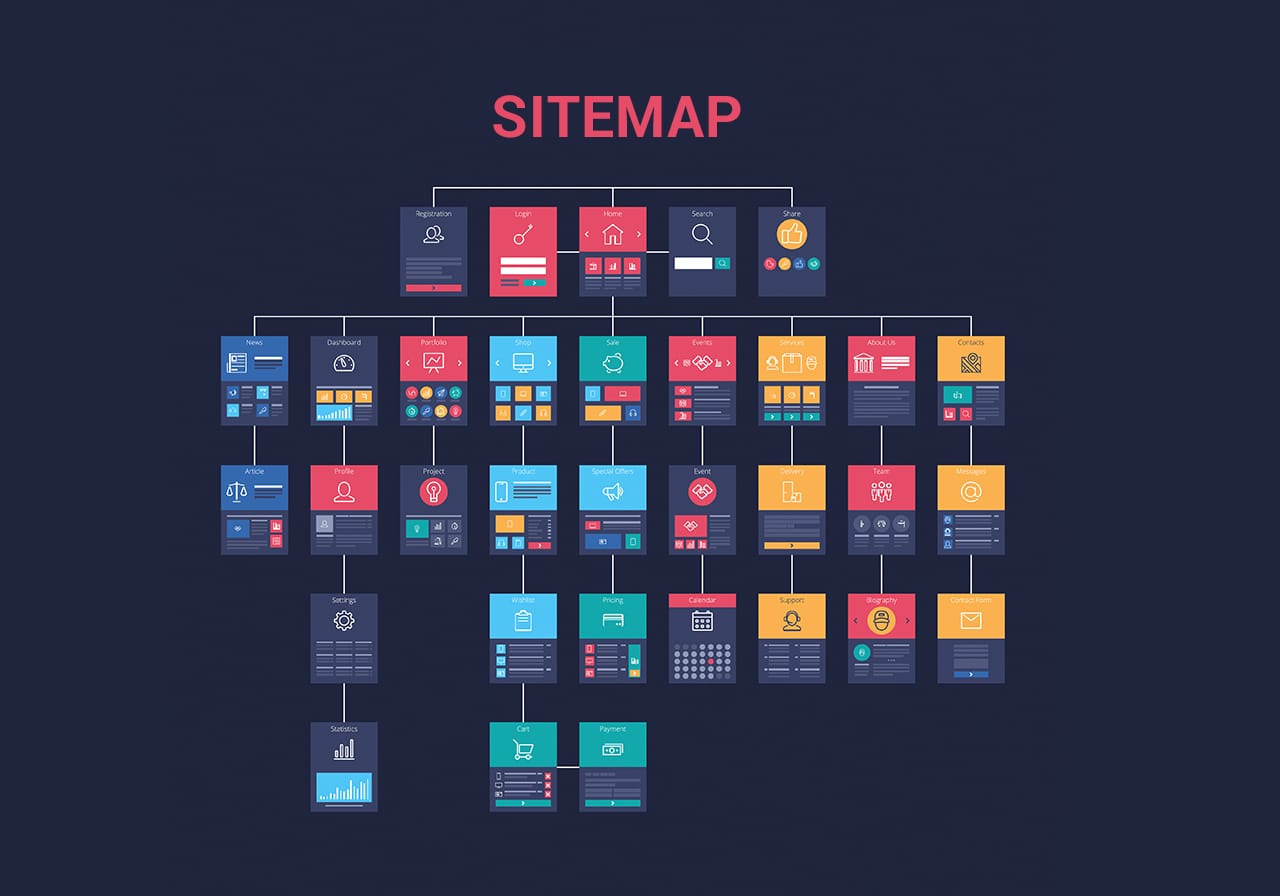
Speed and Performance
Website speed and performance are critical for user satisfaction and search engine rankings. A slow website frustrates users and leads to higher bounce rates, negatively impacting SEO.
Optimization Tips:
Compress Images: Use tools to compress images without losing quality.
Minify Code: Minify CSS, JavaScript, and HTML to reduce file sizes.
Enable Caching: Use browser caching to store frequently accessed files locally.
Explore More: Website Performance Optimization
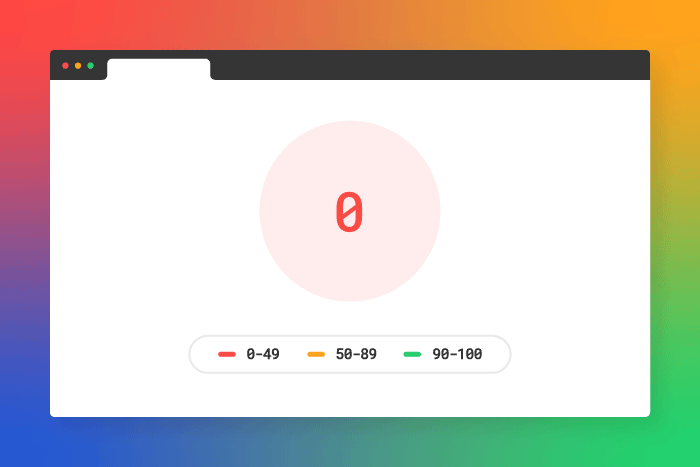
Tips to Optimize Both SEO and UX
Focus on User Intent
Understanding and catering to user intent is the key to aligning SEO and UX. When users find exactly what they’re looking for, they stay longer and engage more, sending positive signals to search engines.
How to Address User Intent:
Keyword Research: Identify keywords that reflect user intent.
Answer Questions: Create content that directly answers common questions.
User Feedback: Use surveys and feedback tools to understand user needs.
Explore More: User Intent in SEO
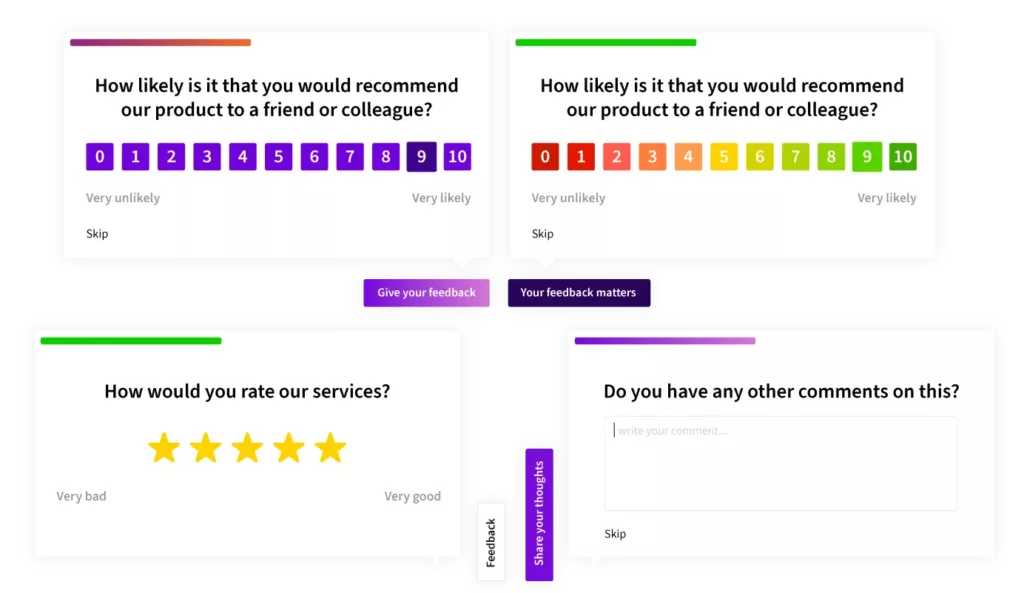
Simplify Navigation and Structure
A clear, intuitive navigation system makes it easy for users to find information, improving their experience and helping search engines understand your site structure.
Navigation Tips:
Limit Menu Items: Keep the main menu concise with the most important links.
Clear Labels: Use descriptive labels for menu items.
Search Functionality: Add a search bar to help users find specific content quickly.
Explore More: Effective Website Navigation
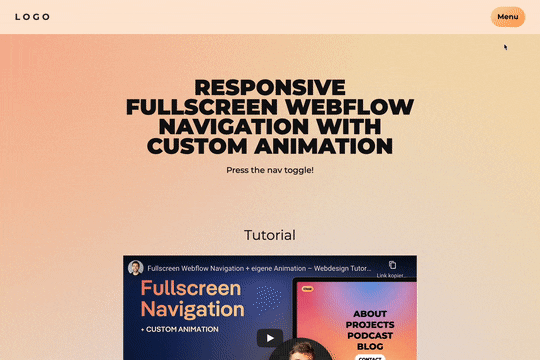
Enhance Visual Appeal
A visually appealing website attracts and retains visitors. Use clean design principles, high-quality imagery, and consistent branding to create a professional look.
Design Tips:
Consistent Branding: Ensure your brand identity is reflected across your site. This might involve collaborating with a brand identity studio or a corporate identity agency.
White Space: Use white space strategically to make content stand out.
Readability: Choose fonts and colors that enhance readability.
Explore More: Visual Design Principles
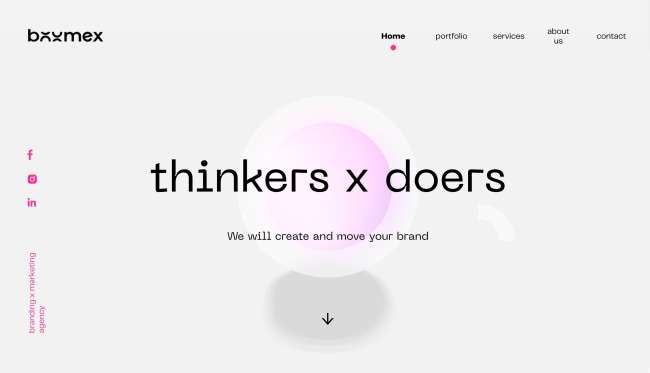
Optimize for Mobile
With mobile traffic surpassing desktop, ensuring your website is mobile-friendly is crucial. Responsive design and mobile optimization enhance user experience and search rankings.
Mobile Optimization Tips:
Responsive Design: Use responsive web design to ensure your site adapts to any screen size.
Touch-Friendly Elements: Ensure buttons and links are large enough to be tapped easily.
Fast Load Times: Optimize images and enable browser caching for faster mobile load times.
Explore More: Responsive Web Design
Regularly Update Content
Fresh, updated content keeps users engaged and signals to search engines that your site is active and relevant. Regular updates can boost both SEO and UX.
Update Strategies:
Blog Posts: Regularly publish new blog posts and update existing ones.
Seasonal Content: Add and update content based on seasonal trends and events.
User Contributions: Encourage user-generated content, such as reviews and testimonials.
Explore More: Updating Content for SEO
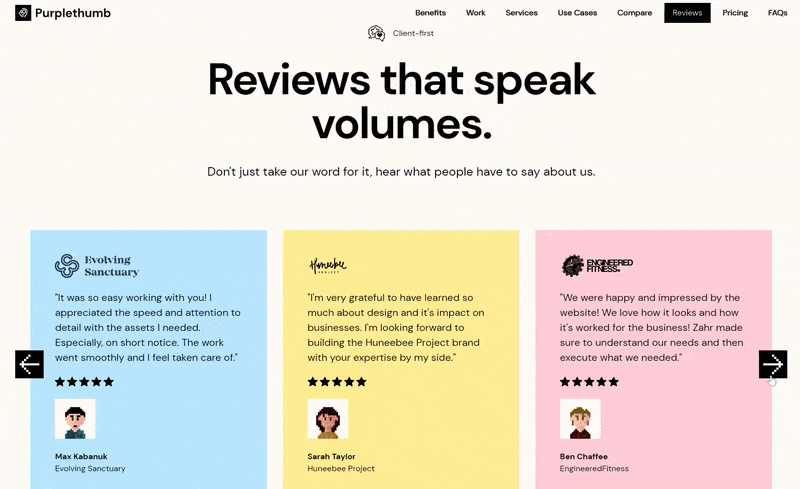
Tips to Optimize Both SEO and UX
Airbnb
Airbnb’s website offers a seamless user experience with intuitive navigation, fast load times, and visually appealing design. Its effective use of user-generated content and responsive design enhances both SEO and UX.
Explore Airbnb’s Optimized Design: Airbnb
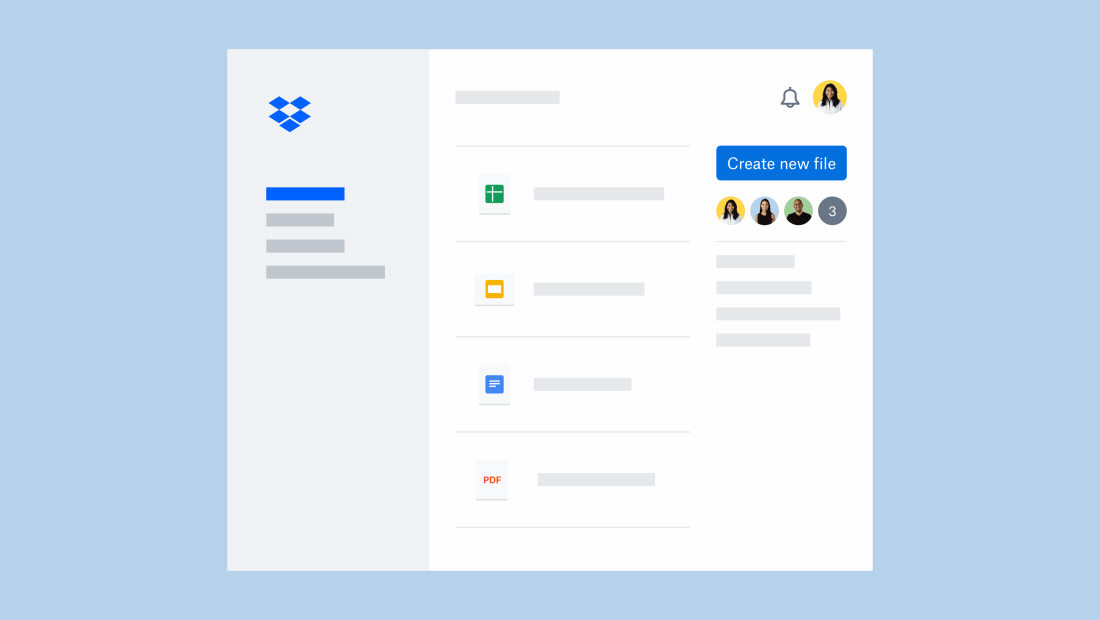
HubSpot
HubSpot excels in combining SEO and UX. Their blog features high-quality, informative content with clear headers, engaging media, and strong internal linking, making it a valuable resource for users and search engines alike.
Explore HubSpot’s Blog: HubSpot Blog

Etsy
Etsy’s e-commerce platform provides an excellent user experience with simple navigation, fast performance, and engaging visuals. Their focus on mobile optimization and user intent drives strong search engine performance.
Explore Etsy’s Platform: Etsy

Conclusion
SEO and UX are two sides of the same coin, each enhancing the other to create a powerful online presence. By focusing on user intent, simplifying navigation, enhancing visual appeal, optimizing for mobile, and regularly updating content, you can create a website that not only ranks well in search engines but also delights your users.
For business owners, marketers, and startup founders, harnessing the power of SEO and UX is vital for long-term success. Start implementing these strategies today, and watch your search rankings and user engagement soar.
